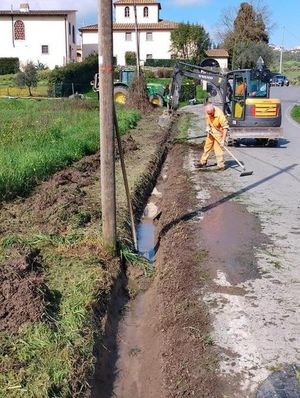For Pacific Island nations, the threat of climate change looms larger each day, like a storm on the horizon promising fierce winds and unrelenting rain. These islands, often dubbed the frontline of climate impact, find themselves grappling with rising sea levels, severe storms, and the slow, ugly creep of coastal erosion. Given their geographical vulnerabilities, the need for comprehensive climate finance has become less of an option and more of a necessity.
During the recent UN Climate Change Conference (COP28), discussions illuminated the pressing financial requirements of these Pacific Islands to combat climate impacts. The Pacific Islands Forum Secretariat highlighted some eye-opening stats, indicating the region needs approximately $10 billion annually to tackle climate change-adaptation measures and transitions to sustainable energy.
Unquestionably, the harsh realities of climate change present significant challenges. Some island nations have reported struggling to secure funding for resilience projects—from building sea walls to investing in renewable energy sources and enhancing agricultural practices. The unique circumstance of Pacific Island states, which often lack the infrastructure and economic muscle of larger nations, complicates the task of acquiring necessary finances.
According to the World Bank, climate change threatens to displace up to 40 million people from the Pacific Islands over the coming decades. This stark prediction sparks conversations around international aid, investment, and policy frameworks aimed at protecting these vulnerable communities. Unfortunately, many potential funds remain untapped, often caught up within complex bureaucratic systems, which remain challenging for smaller nations to navigate.
But tackling this quandary isn’t merely about financial aid—it's about crafting meaningful partnerships and long-term strategies. Leaders from Pacific Island nations have urged richer countries to take more substantial, actionable steps toward fulfilling financial commitments made during past climate conferences. Despite the global acknowledgment of the pressing climate crisis, pledges often fall through the gaps, leading to unmet expectations for vulnerable nations.
An example of this disappointment surfaced when officials from the Pacific Islands expressed concern over the insufficient disbursement of funds from climate agreements made by developed countries. "It's time now for action, not promises," said one Pacific leader during COP28, channeling the frustration felt by many who have witnessed commitments made but seldom kept.
Private sector involvement also plays a pivotal role. Organizations specializing in climate finance are increasingly stepping up to fill gaps left by traditional funding methods. Innovative investments, like green bonds and climate resilience projects, show promise as new avenues for developing sustainable finance. Yet, for these initiatives to succeed, they must be developed with concrete input from the communities they aim to help, ensuring the initiatives are both relevant and effective.
Faced with numerous uncertainties, Pacific leaders stress the importance of transparency when it involves the management of climate funds. For many, trust is foundational. Clear reporting on how funds are used and their tangible impacts can build credibility, both domestically and internationally.
On the flip side, discussions around climate resilience have also led nations to share adaptive strategies. For example, some Pacific Island nations have begun collaborating on renewable energy initiatives, sharing expertise and resources. This kind of regional cooperation showcases the burgeoning belief among Pacific leaders: collective strength is the way forward.
Despite all these challenges, hope is not lost. With global attention now focused on climate commitments, the potential exists to draw necessary finances and policies to safeguard Pacific communities. Initiatives like the Green Climate Fund and the Adaptation Fund are instrumental, but they must also adapt to the rapid changes faced by these nations, providing streamlined access and quick dispersal of resources.
Overall, as the world continues to shift dynamically, the Pacific Islands stand not just as victims of climate change, but as leaders advocating for change. Their experiences and challenges fuel conversations about global accountability, proactive measures, and the immeasurable importance of listening to the voices of those living on the frontline.
At the crux of these dialogues lies the heart of the matter: it’s about survival, equity, and collective action. Nations with larger capacities for funds must rally behind Pacific Island nations. Because when it all boils down, the health of our planet and its diverse communities hangs precariously on the outcomes of these discussions.



